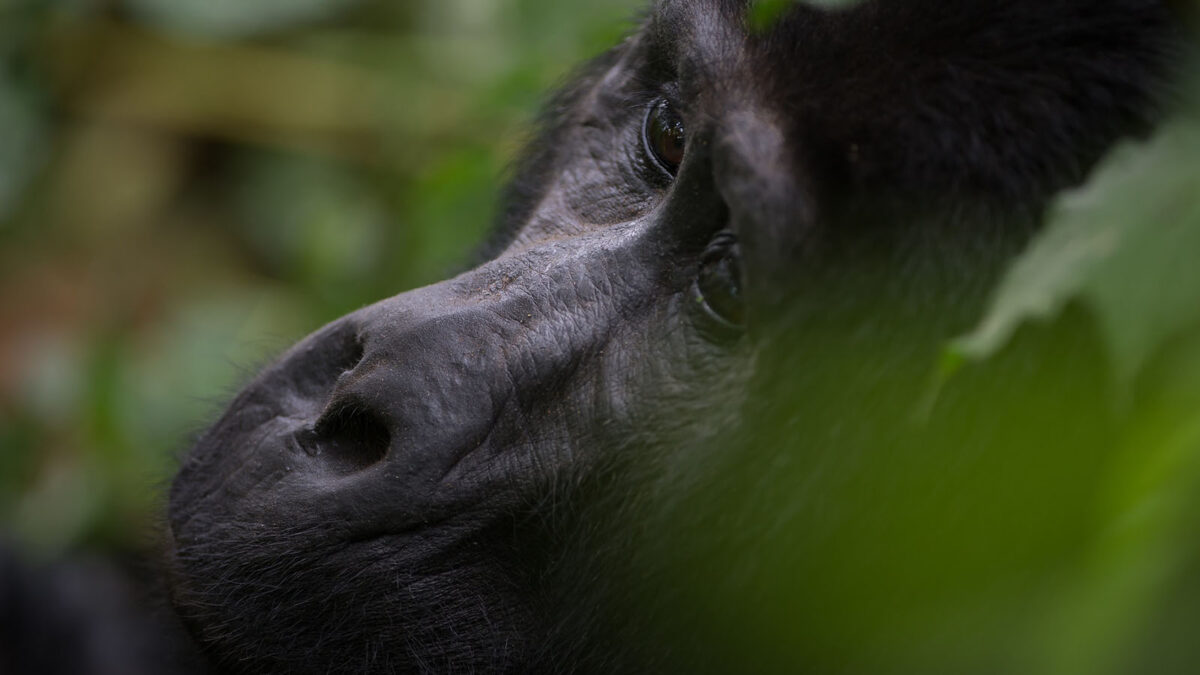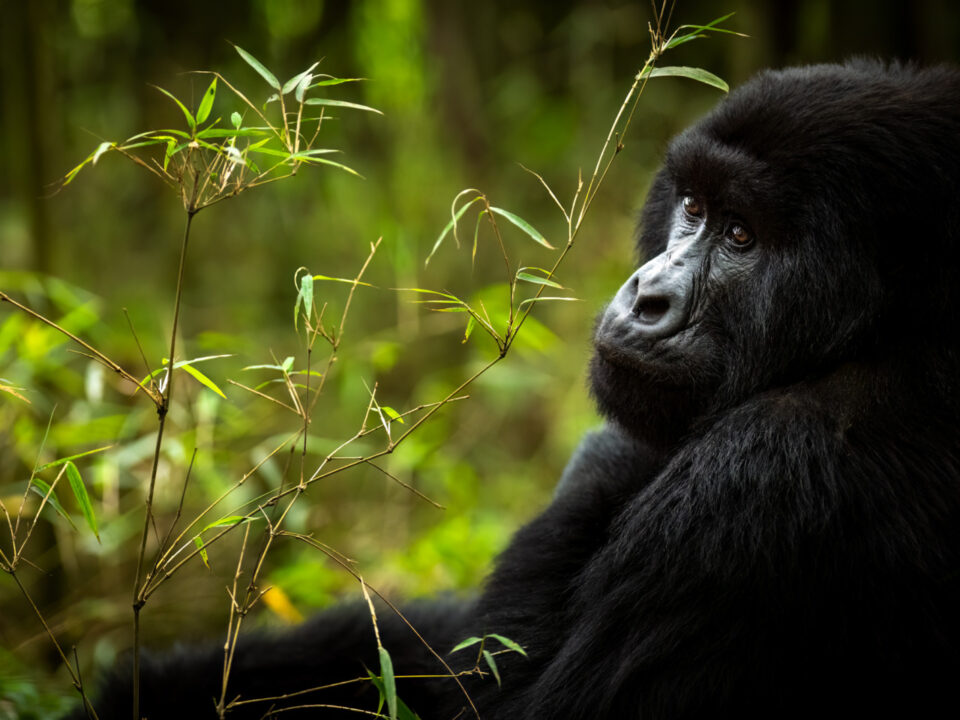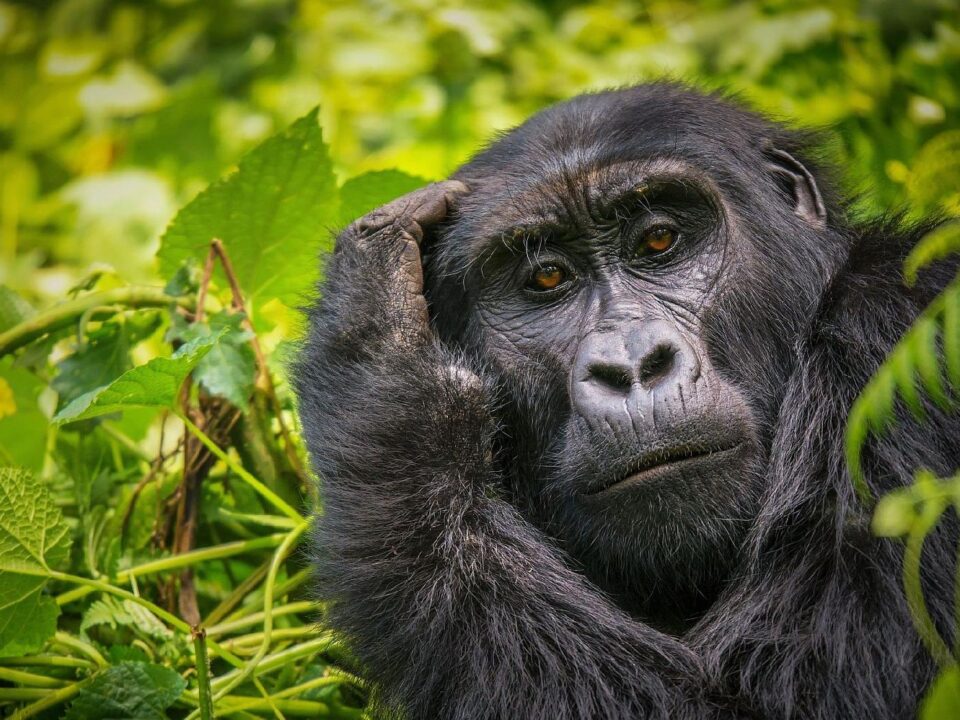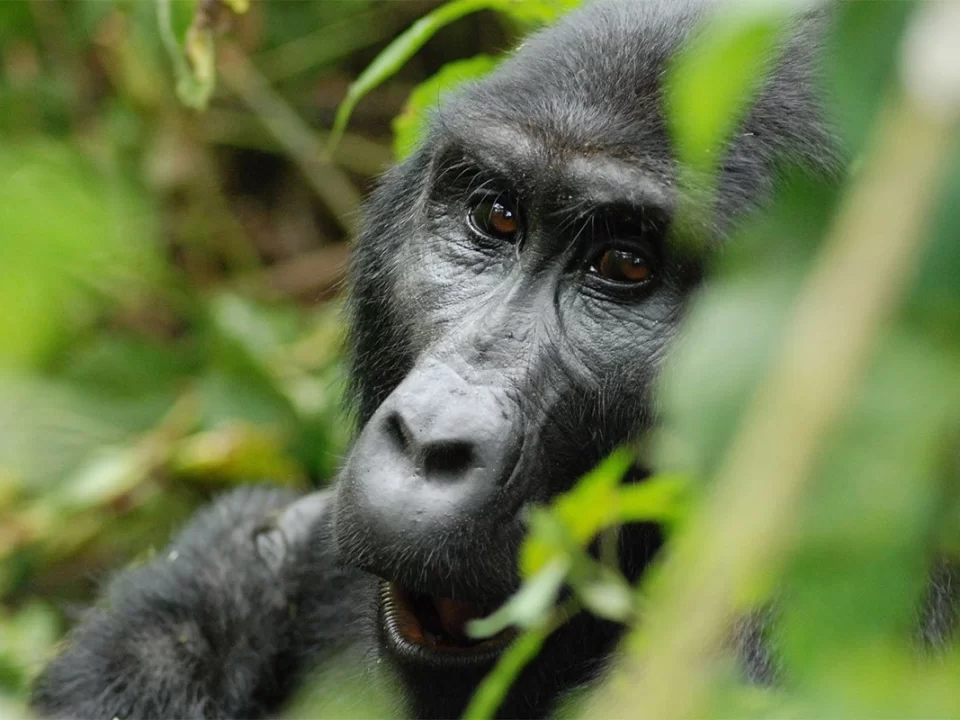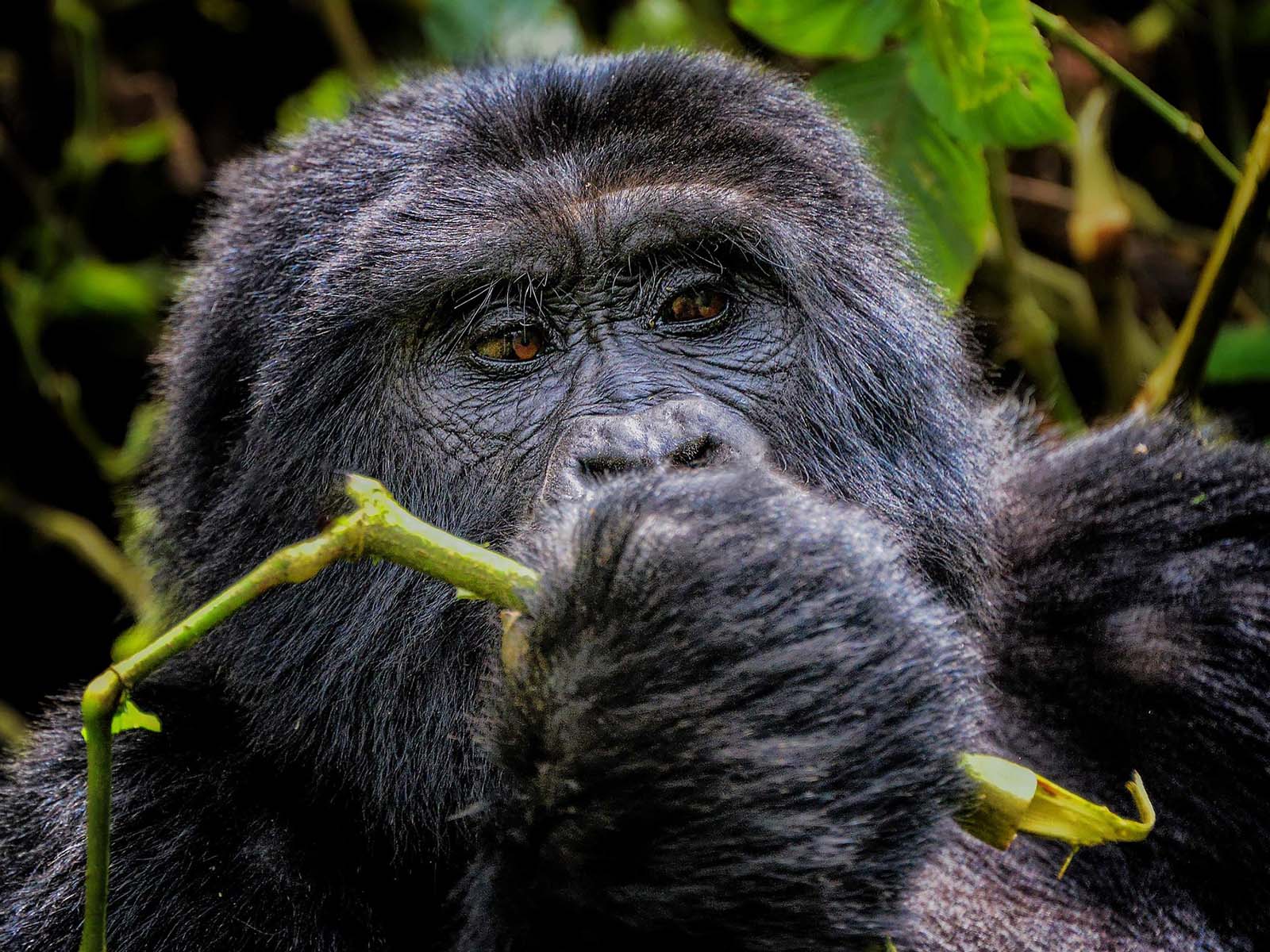
Gorilla Tracking in Uganda-Rwanda
January 4, 2024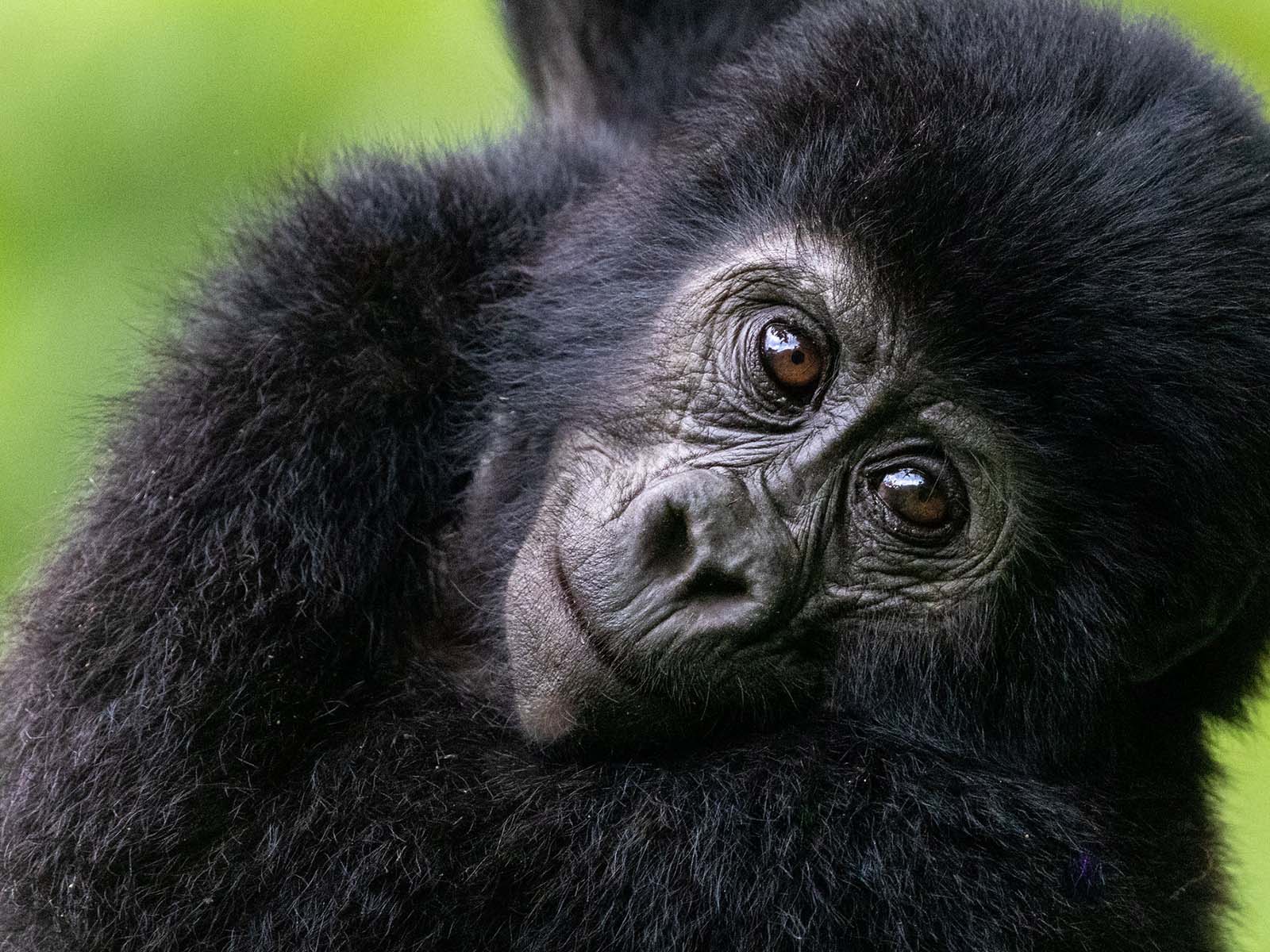
Wondering What a Day of Gorilla Tracking like?
January 4, 2024What is the Difference between Gorilla Tracking and Trekking?
Distinguishing between gorilla tracking and gorilla trekking is pivotal for those venturing into the captivating realms of Mountain Gorilla habitats. Although the terms are often used interchangeably, a nuanced difference sets them apart. Gorilla trekking entails tourists, led by a National Park ranger guide, navigating the wild terrain in search of a specific Mountain Gorilla family. This involves a degree of hiking, demanding physical fitness, given the higher elevations of the Virunga volcanoes spanning Uganda, Rwanda, and the Democratic Republic of Congo, as well as Bwindi Impenetrable Forest National Park in south-western Uganda.
Gorilla Tracking in Detail
Conducted by expert National Park ranger guides, park staff, and researchers, Gorilla tracking involves locating a specific habituated Mountain Gorilla family. Trackers follow the Gorillas based on their last known location, overnight resting place, and feeding areas. Researchers engage in this pursuit for scientific purposes, such as census-taking, while expert rangers ensure visitors have a 99% chance of encountering the Gorillas. This practice is consistent across various Gorilla tracking National Parks, including Bwindi Impenetrable National Park and Mgahinga Gorilla National Park in Uganda, Volcanoes National Park in Rwanda, and Virunga National Park in the Democratic Republic of Congo.
Gorilla Trekking Expedition
Gorilla trekking involves visitors venturing into the dense tropical rainforests of Bwindi Impenetrable, Mgahinga Gorilla, Volcanoes, and Virunga. Assisted by expert ranger guides, visitors navigate similar terrains characterized by thick tropical rainforests and bamboo. While the experience remains largely uniform, slight variations may arise based on the steepness of certain mountainous regions and hills within the Virunga Massif.
Commencing early in the morning, Gorilla trekking requires participants to have breakfast before reporting to designated briefing points by 7:40 am. Here, they receive insights into Gorilla tracking rules before being assigned to a specific Gorilla family, limited to a maximum of 8 people per family. The trek duration spans from 30 minutes to 8 hours, contingent upon factors such as terrain, Gorilla family movement, and the trekkers’ strength and skill.
The culmination of the trek is an exhilarating encounter with Mountain Gorillas, with visitors granted a maximum of 1 hour for observation and photography. During this time, ranger guides provide valuable information about these gentle giants, fostering a deeper understanding of their behavior.
Challenges and Preferences in Gorilla Trekking
Guests exhibit diverse preferences regarding the difficulty level of their Gorilla trek. While some relish adventurous, long hikes through dense forests, others opt for shorter treks due to age or medical conditions. Trek Africa Expeditions takes a personalized approach, gathering information from guests during the inquiry and booking process to match them with the optimal trekking sector. Coordination with park wardens and rangers ensures allocation to Gorilla families aligning with individual preferences.
Gorilla trekking is available in Volcanoes National Park (Rwanda), Bwindi Impenetrable Forest National Park, and Mgahinga Gorilla National Park (Uganda), as well as Virunga National Park (Congo). The cost of Gorilla trekking permits varies by country: USD800 per person per trek in Uganda, USD 1500 in Rwanda, and USD 450 in the Democratic Republic of Congo.
Mountain Gorillas: Majestic Giants of the Forest
Mountain Gorillas, the largest living primates globally, encompass two species—Eastern Gorillas and Western Gorillas. These are further categorized into Eastern lowland Gorillas, western lowland Gorillas, Mountain Gorillas, and cross River Gorillas.
Booking Your Gorilla Trekking Adventure
Trek Africa Expeditions offers diverse Uganda Gorilla trekking and Rwanda Gorilla trekking tour packages. Visitors can explore the website, select their preferred package, and request a quote. Prompt responses, comprehensive itineraries, and positive client reviews on platforms like Trip Advisor ensure a seamless booking process and an enriching Gorilla trekking experience.

